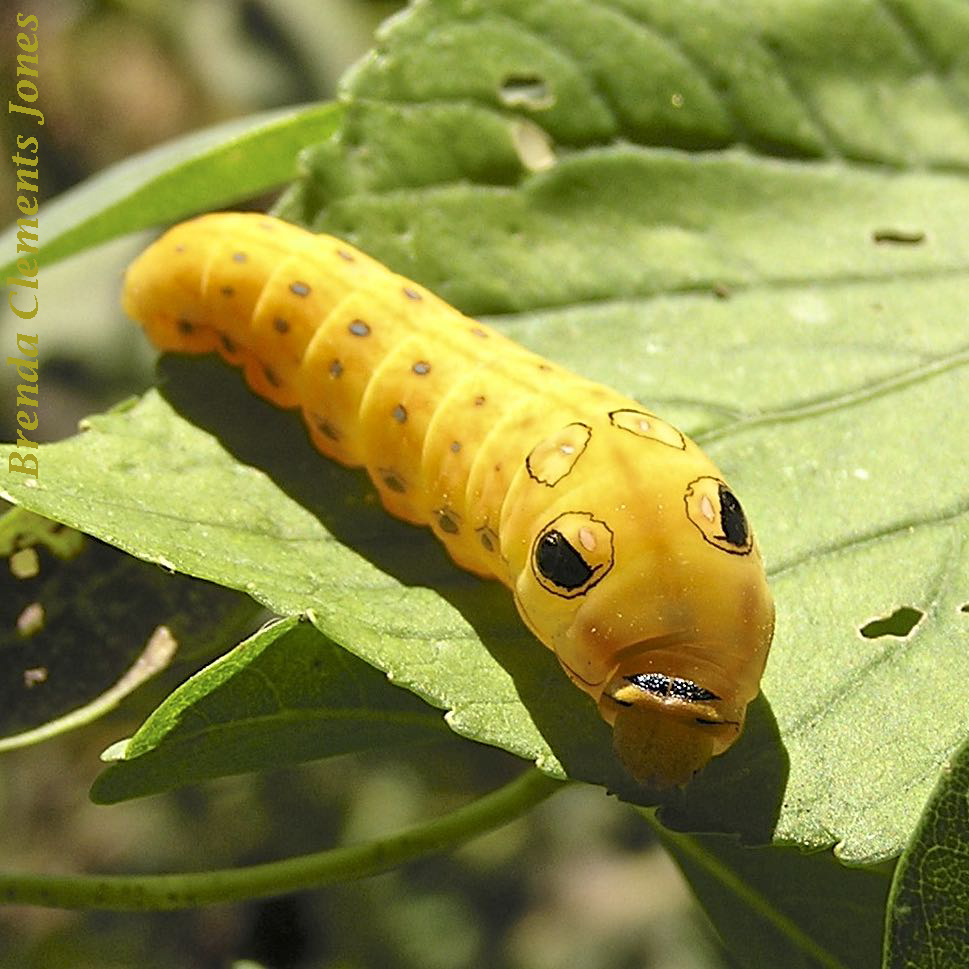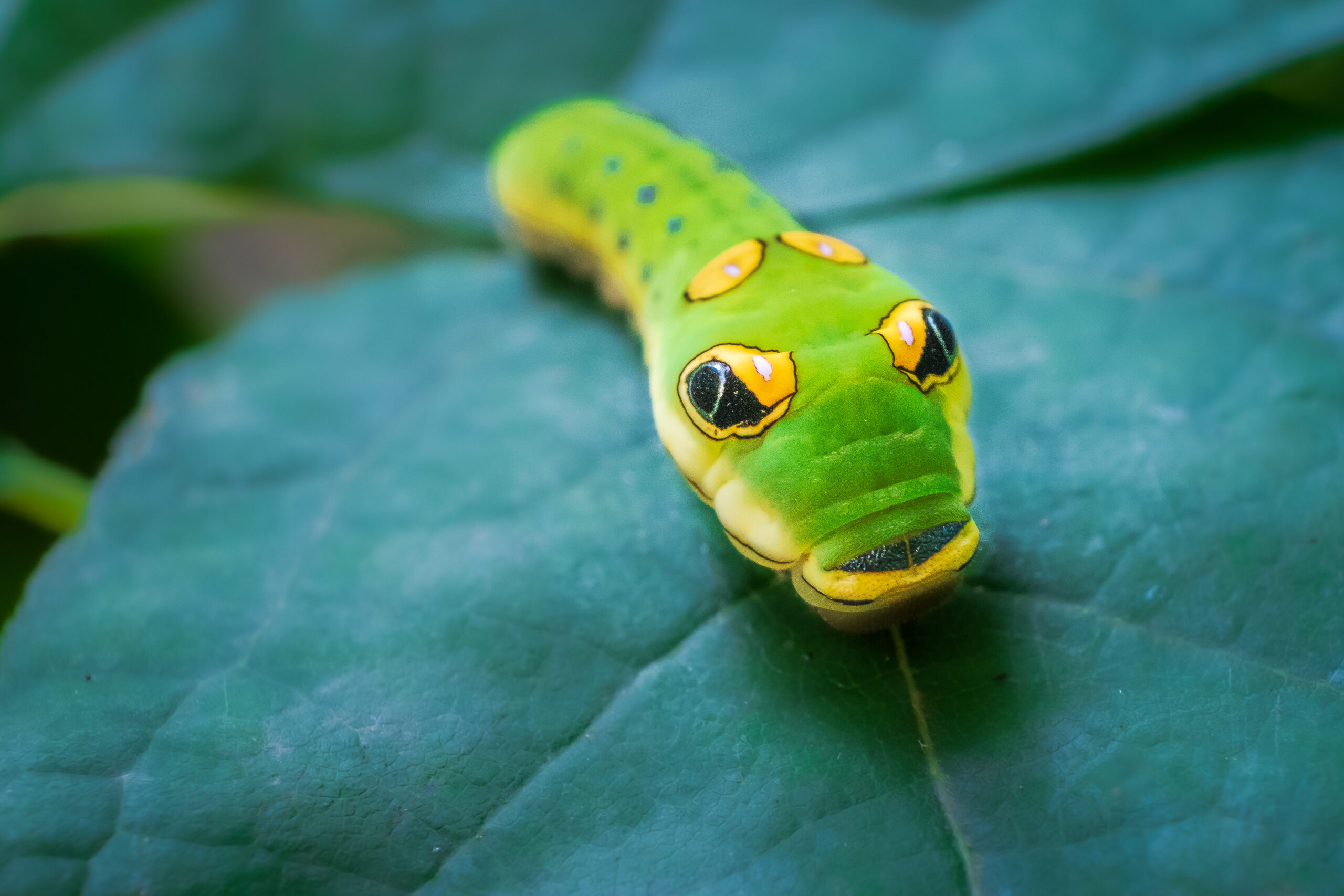Understanding The Fascinating Sounds Of Swallowtail Caterpillars
Swallowtail caterpillars are not only remarkable for their striking appearance but also for the intriguing sounds they produce. Many people are unaware that these creatures communicate through a variety of noises that can be quite distinct. Observing these caterpillars can unveil a hidden world of auditory signals that serve various purposes in their development and survival. The swallowtail caterpillar noise is an essential aspect of their behavior, and understanding it can deepen our appreciation for these delicate larvae as they transition into beautiful butterflies. As they navigate their environment, these sounds can provide insights into their health, interactions, and even their threats.
In the natural world, sound plays a vital role in communication among species, and swallowtail caterpillars are no exception. Their noises can range from soft hisses to more pronounced sounds that serve to ward off predators or signal distress. As we explore the various aspects of swallowtail caterpillar noise, we can uncover the significance of these sounds and how they contribute to the caterpillars’ survival in the wild.
Moreover, many enthusiasts and researchers have taken a keen interest in documenting these noises, leading to a growing body of knowledge about the behaviors and interactions of swallowtail caterpillars. By understanding the functions of these sounds, we can learn more about the ecology of these fascinating insects and their role in the ecosystem. In this article, we will delve deeper into the world of swallowtail caterpillar noise and explore the many factors that influence these intriguing sounds.
What Sounds Do Swallowtail Caterpillars Make?
Swallowtail caterpillars are known for producing a variety of sounds that can be categorized into different types, including:
- Hissing sounds: Often produced when threatened, these sounds serve as a warning to potential predators.
- Rubbing sounds: Created by the caterpillars rubbing parts of their bodies together, these sounds can communicate different messages, including distress.
- Chirping sounds: Less common, these may occur during specific interactions with other caterpillars or in response to environmental stimuli.
How Do Swallowtail Caterpillars Produce Their Noises?
The mechanism behind the swallowtail caterpillar noise involves several anatomical features that allow them to create sound. Primarily, they use:
- Body movements: The caterpillar’s body can create vibrations that produce sound waves.
- Frontal horns: Some species possess unique structures that enhance their ability to produce sounds.
- Body rubbing: By manipulating their body segments against each other, they can create distinct auditory signals.
Are Swallowtail Caterpillar Noises Effective in Deterrence?
Yes, the sounds made by swallowtail caterpillars can play a critical role in deterring predators. Many species have evolved to produce noises that mimic the sounds of more dangerous insects, which can cause confusion or fear in potential threats. Additionally, the hissing sounds can signal to predators that the caterpillar is not an easy target, prompting them to seek other prey.
Do Swallowtail Caterpillars Communicate with Each Other Through Sound?
Indeed, communication among swallowtail caterpillars is not solely limited to predator deterrence. These caterpillars may also use sounds to interact with one another, especially in crowded environments. The sounds may convey messages related to:
- Territorial claims: Noises can signal to other caterpillars to stay away from a specific area.
- Stress signals: Caterpillars may communicate distress to peers, prompting them to react.
- Social interactions: Some sounds may facilitate social bonding or group movements.
What Environmental Factors Influence Swallowtail Caterpillar Noise?
Environmental conditions can significantly impact the sounds that swallowtail caterpillars produce. Factors such as:
- Temperature: Warmer temperatures may increase activity levels, leading to more frequent sounds.
- Presence of predators: The caterpillars may become more vocal when they sense danger.
- Habitat density: In crowded conditions, the need for communication may rise, resulting in increased noise.
How Can Observers Document Swallowtail Caterpillar Noises?
Documenting swallowtail caterpillar noise can be an exciting endeavor for researchers and enthusiasts alike. Here are some methods for effectively capturing these sounds:
- Field recordings: Using audio recording equipment to capture sounds in natural settings.
- Observation notes: Keeping detailed notes of the behaviors associated with the sounds.
- Video recordings: Capturing visual behavior alongside audio to better understand the context of the noises.
What Are the Implications of Swallowtail Caterpillar Noise Research?
Research into swallowtail caterpillar noise opens up a world of possibilities regarding our understanding of insect communication. By studying these sounds, scientists can gain insights into:
- Insect behavior: Understanding how these noises affect interactions with predators and peers can inform ecological studies.
- Conservation efforts: Identifying the sounds may aid in monitoring populations and their health.
- Evolutionary biology: Analyzing the development of these sounds can shed light on evolutionary adaptations.
Conclusion: The Importance of Swallowtail Caterpillar Noise in Nature
Understanding the swallowtail caterpillar noise opens a window into the complexities of communication in the natural world. These sounds not only serve as a means of survival but also play a vital role in the social dynamics of caterpillar populations. As we continue to study and document these fascinating insects, we uncover the layers of their behavior and the significance of their auditory signals in the ecosystem.
In conclusion, the sounds produced by swallowtail caterpillars are more than mere noises; they are crucial elements of their existence that contribute to their survival, social interactions, and adaptation to their environment. By appreciating the intricacies of swallowtail caterpillar noise, we can foster a deeper connection with nature and strive for better conservation practices to protect these extraordinary creatures.
Unveiling Lynja: The Multifaceted Talent
Discovering The World Of Arigameplays: A Journey Through Gaming And Content Creation
Lena Da Plug: A Rising Star In The Music Industry



ncG1vNJzZmickaG8s7GNppxnrZtkwq%2BwxKuqrZmembavs4ytn55llpbApLXNmquippdiwLDBzZ2qZqeWYsC4rculprCskZ65bq%2FArZyrqJmhuaK%2B0mefraWc